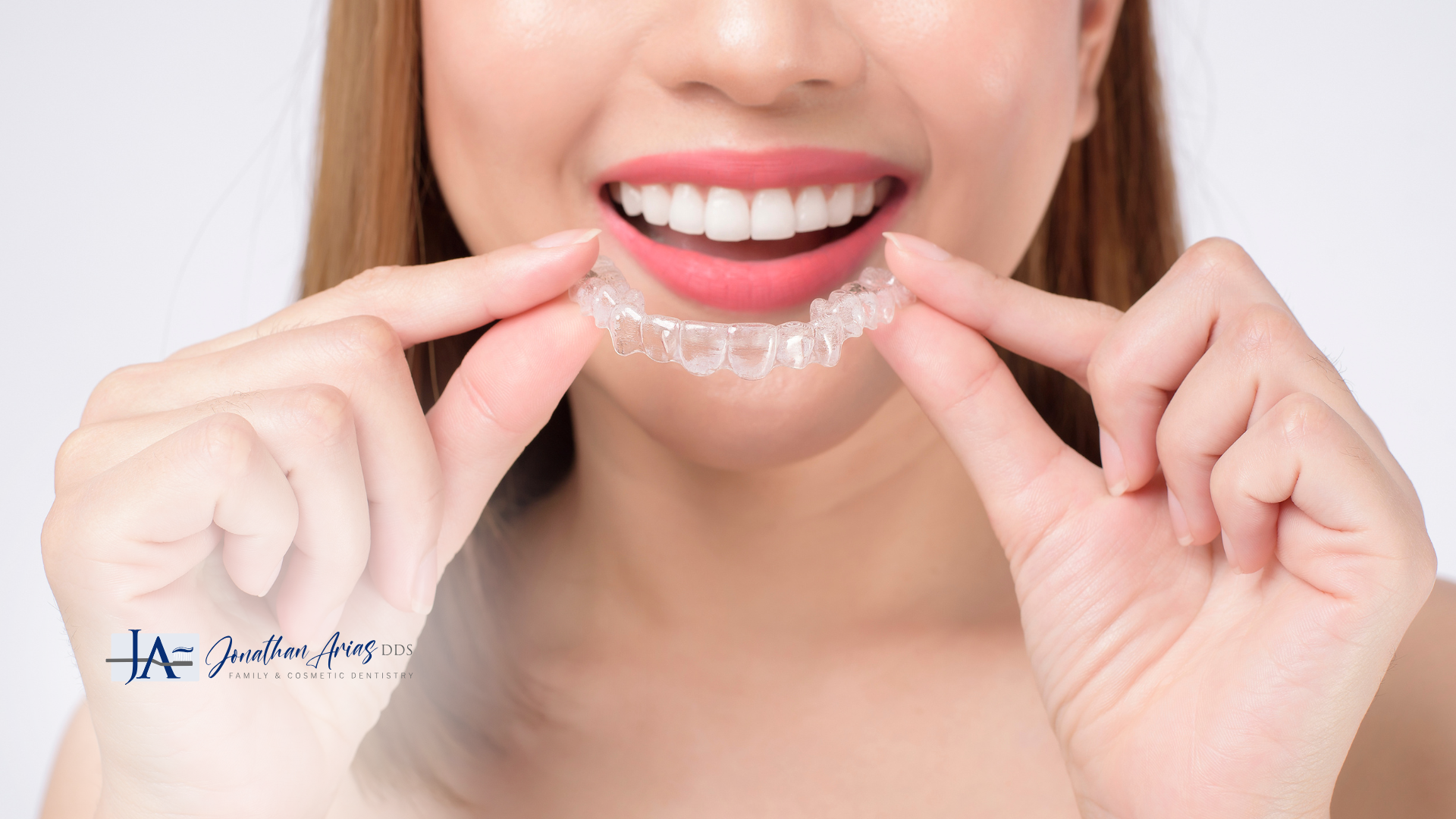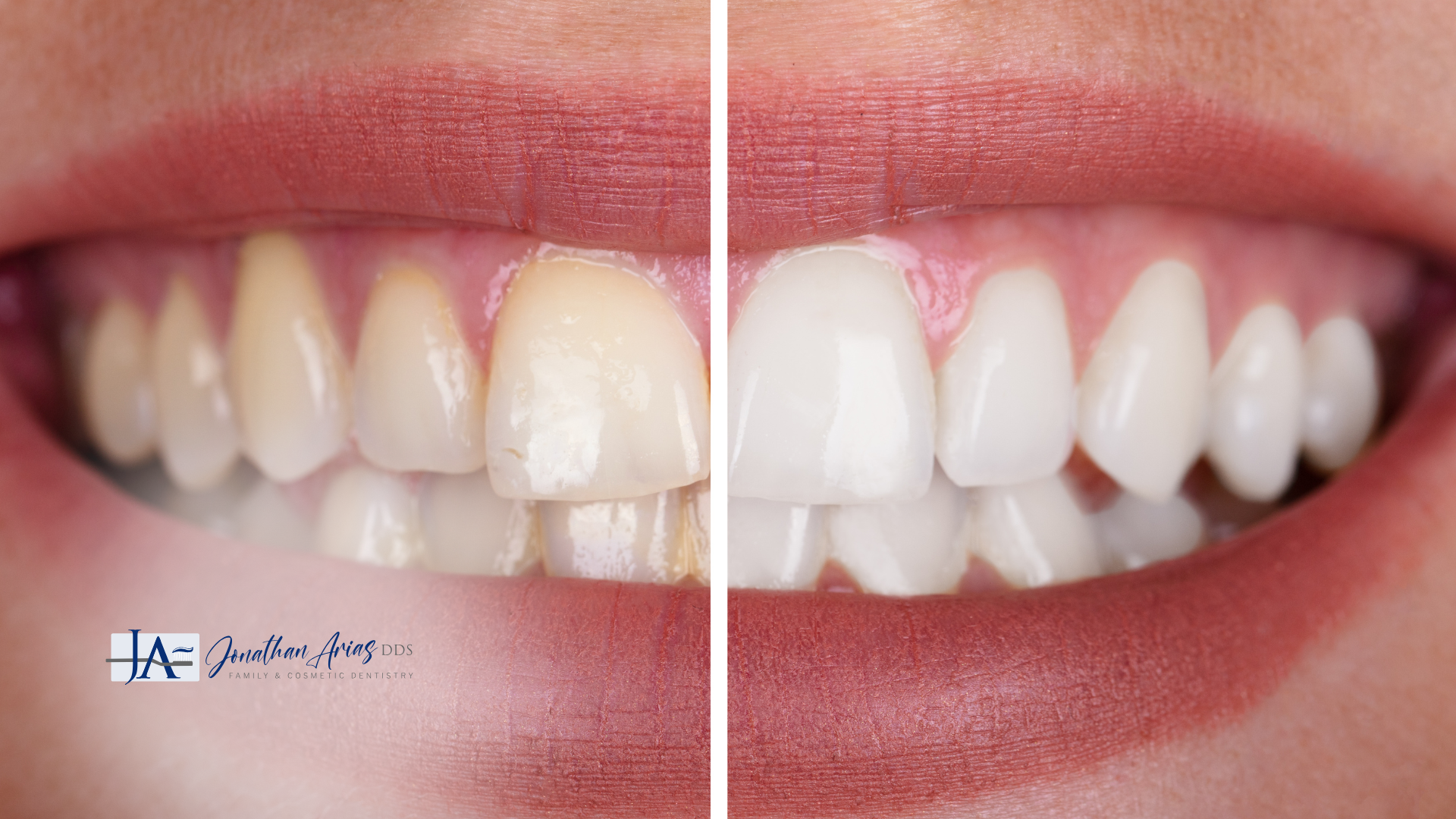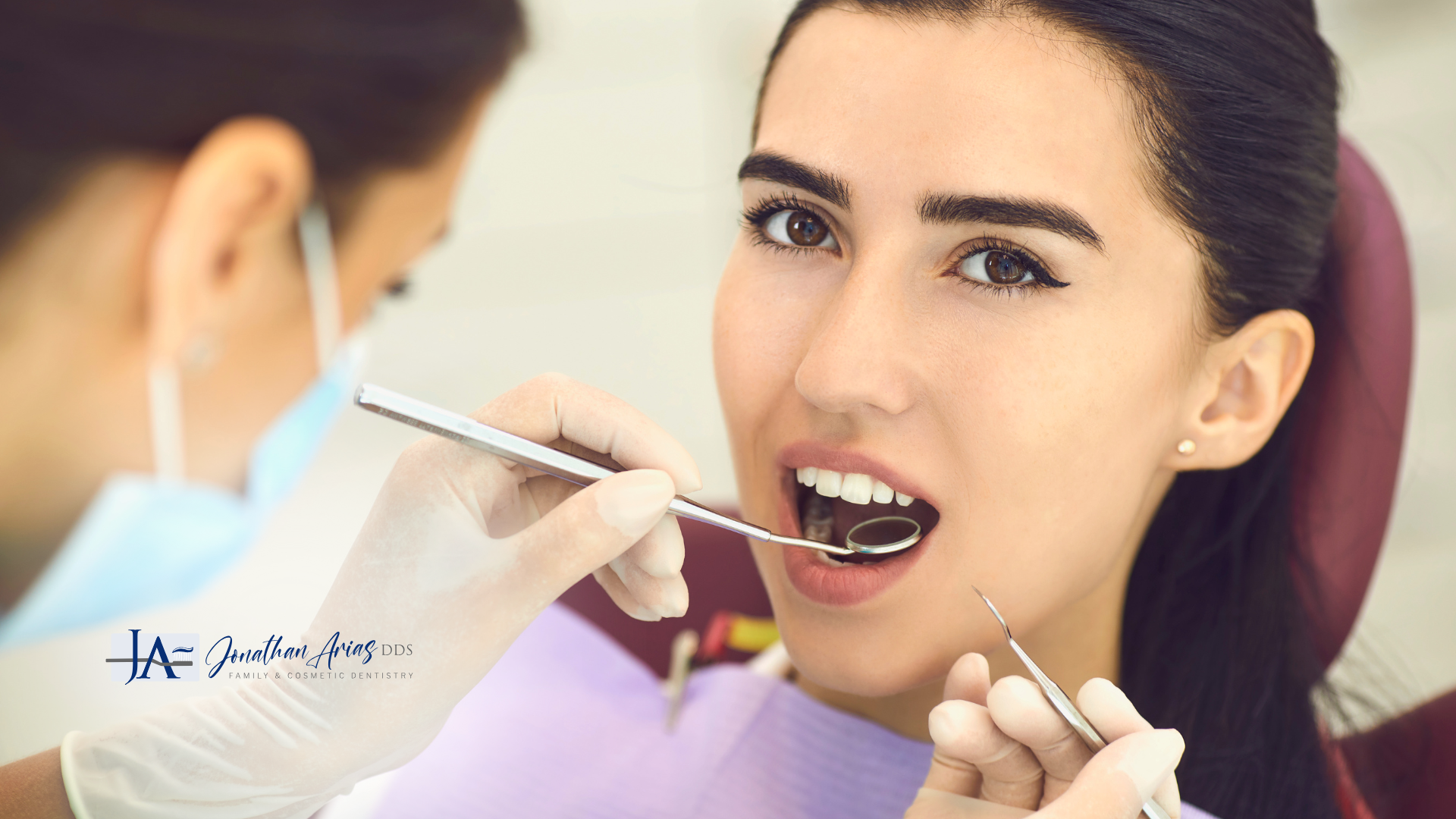Holiday Comfort: What to Eat After a Tooth Extraction for a Smooth Recovery
Recovering from a tooth extraction can be challenging, especially during the holiday when delicious meals and sweet treats are everywhere. However, focusing on the right foods not only aids in your healing process but also ensures you enjoy the festive spirit without compromising your recovery. If you’ve had a tooth extraction in Ventura, your local Ventura dentist likely emphasized the importance of a soft-food diet. Here’s a detailed guide on what to eat for a smooth recovery and tips to stay comfortable during the holidays.
The instructions provided in this blog are suitable for both simple and complex extractions, but the level of caution required may vary depending on the type of extraction.
Here's how to differentiate and apply the advice:
Simple Extractions
For a simple extraction, which typically involves removing a visible tooth with minimal trauma to the surrounding area:
- Recovery Time: Healing is usually quicker, and you may return to a regular diet within a few days.
- Dietary Guidelines: Soft foods are recommended for the first 24-48 hours, but you can gradually transition to firmer foods as comfort allows.
Complex Extractions
For a complex extraction, such as removing an impacted tooth or a surgical extraction requiring incisions:
- Recovery Time: Healing takes longer, often a week or more, and requires stricter adherence to dietary restrictions to avoid complications.
- Dietary Guidelines: If advised by your dentist, a soft-food diet is crucial for at least 3-5 days or longer. Avoid anything that may irritate the surgical site or disrupt stitches.
Key Differences
- Healing Time: Complex extractions require more time and care to ensure the surgical site heals properly.
- Potential Risks: Complex extractions are more likely to cause complications like dry socket or infection, so avoiding hard, crunchy, or sticky foods is even more critical.
In both cases, these instructions prioritize a soft, nutrient-rich diet to promote healing. However, for complex extractions, it’s best to err on the side of caution and consult with your dentist before reintroducing regular foods. If you’re uncertain about the type of extraction or the appropriate care, always follow the specific post-operative instructions provided by your Ventura dentist.
Why Your Diet Matters Post-Tooth Extraction
After a tooth extraction, your mouth needs time to heal. The extraction site is sensitive, and improper eating can disrupt healing, leading to complications such as dry socket or infection. Soft, nutrient-rich foods are essential to:
- Protect the Extraction Site – Soft foods minimize pressure and irritation.
- Provide Essential Nutrients – Promote healing with vitamins and minerals.
- Reduce Pain and Swelling – Avoid aggravating the wound with hard or spicy foods.
Top Holiday-Comfort Foods After a Tooth Extraction
1. Mashed Potatoes
A holiday staple, mashed potatoes are soft, easy to eat, and versatile. Opt for plain, buttery mashed potatoes without lumps or add a splash of gravy for flavor. Ensure it’s lukewarm, as hot foods can irritate the extraction site.
2. Blended Soups
Smooth soups like butternut squash, tomato, or creamy pumpkin are excellent choices. They’re warm, comforting, and rich in nutrients. Avoid soups with chunks or ingredients that may get lodged in the extraction site.
3. Yogurt
Creamy yogurt is a go-to post-extraction food. Choose plain or fruit-flavored varieties without seeds or chunks. Yogurt also provides probiotics, which help maintain a healthy immune system.
4. Applesauce
This classic soft food is gentle on your mouth and easy to digest. It’s a great option to satisfy your sweet cravings while providing vitamins. Avoid chunky applesauce for smoother consumption.
5. Smoothies
Blend your favorite fruits with yogurt or milk to create a holiday-themed smoothie. Bananas, berries, and mangoes work well. Avoid using straws, as the sucking motion can dislodge the blood clot from the extraction site.
6. Scrambled Eggs
Soft, fluffy scrambled eggs are high in protein and easy to chew. Add some soft cheese or herbs for flavor while avoiding spices that might irritate your gums.
7. Ice Cream or Sorbet
Enjoy a festive treat with smooth ice cream or sorbet. Stick to soft, creamy options without crunchy toppings like nuts or sprinkles. The cold temperature can soothe swelling and pain.
8. Oatmeal or Cream of Wheat
Opt for oatmeal or cream of wheat for breakfast or a light meal. Add a touch of honey or cinnamon for sweetness, but avoid nuts or dried fruit.
Foods to Avoid
While recovering from your tooth extraction, steer clear of:
- Hard, Crunchy Foods – Chips, nuts, and raw vegetables can irritate the extraction site.
- Sticky Foods – Caramel or chewy candy can stick to the wound.
- Spicy or Acidic Foods – These can cause irritation or discomfort.
- Hot Beverages or Foods – They can delay healing and increase sensitivity.
Additional Tips for a Smooth Recovery
- Follow Post-Operative Care Instructions: Your Ventura dentist will provide personalized guidelines for care after your tooth extraction. Follow them closely to avoid complications.
- Stay Hydrated: Drink plenty of water to stay hydrated and aid in recovery. Avoid using a straw.
- Manage Pain and Swelling: Use prescribed medications and cold compresses to alleviate discomfort.
- Maintain Oral Hygiene: Brush carefully around the extraction site and rinse gently with saltwater.
Celebrate the Holidays with Care
You can recover quickly and enjoy the holiday season with the right approach to your diet and proper care. Stick to these food recommendations, and don’t hesitate to reach out to your Ventura dentist if you have concerns or experience prolonged discomfort.
If you need expert guidance or a trusted provider for your tooth extraction in Ventura, contact us today. Let’s help you recover comfortably and celebrate the holidays with a healthy smile!
FAQs
How long should I stick to a soft-food diet after a tooth extraction?
Typically, you should eat soft foods for at least 3-5 days or until your dentist confirms it’s safe to reintroduce regular foods.
Can I eat stuffing or turkey after a tooth extraction during the holidays?
Soft stuffing may be okay if it’s moist and free of hard ingredients like nuts. Avoid turkey unless it’s finely shredded and easy to chew.
What should I do if I accidentally eat something hard and feel pain?
Rinse your mouth with saltwater and contact your Ventura dentist immediately to ensure the extraction site isn’t damaged.
Are there any holiday treats I can enjoy?
Yes, you can enjoy soft holiday treats like pudding, custard, or smooth cheesecake. Avoid crunchy or sticky desserts.
Choose comfort foods that aid healing to make your recovery smooth and stress-free. With the right care, your holiday season can still be joyful!
This blog’s content is intended solely for general information and should not be taken as medical advice. For personalized recommendations or treatment options, please consult a licensed dental professional.


Hours & Address
Monday: 9am - 6pm
Tuesday: 9am-6pm
Wednesday: Closed
Thursday: 9am-6pm
Friday: 8am-2pm
Saturday & Sunday: Closed









